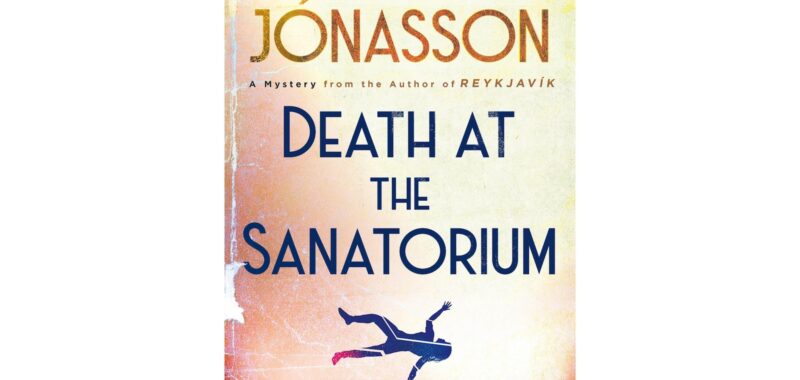Law professor and investment banker Ragnar Jonasson loves Agatha Christie’s puzzle mysteries so much that, starting at the age of 17, he translated more than a dozen of them into his native Icelandic.
It should come as no surprise, then, that most of his own mysteries, 13 in all, have the same intricate plotting, multiple red herrings and startling twists that Christie was known for. This is certainly true of his latest, “Death at the Sanatorium.”
Three decades ago, in a small town in northern Iceland, a nurse at a former tuberculosis sanitorium turned medical research facility was tortured and brutally murdered. Police initially identified five suspects, but when one of them, the chief physician, plunged to his death from a hospital balcony, the case was closed. The physician, the police concluded, committed suicide after killing the nurse.
Thirty years later, young Helgi Reykdal, curious about what modern scientific police methods might have brought to the case, makes it the subject of his college criminology thesis and starts digging into the past. He knocks on the doors of people who had once worked at the research facility. He seeks out police who had investigated the case and the suspects they had exonerated.
To his surprise, his inquiries are greeted with fear, suspicion and lies. Clearly, he realizes, something is amiss.
Before long, what began as an academic exercise turns into a full-blown reinvestigation of the old case. The tension mounts as people Helgi interviews are themselves murdered in an apparent attempt to bury the truth.
Helgi, it turned out, is the son of a man who once owned a mystery bookshop. Like his creator, Jonasson, he admires classical murder mysteries. He often reads them to escape the torment of his mentally ill and often violent wife, who provides the novel’s final twist.
“Death at the Sanatorium” was originally written in Icelandic and was translated into English by Victoria Cribb. She relies on too many clichés (the crack of dawn, wheat from the chaff, throwing in the towel, etc.), but otherwise does a fine job of preserving the tone and crisp style of Jonasson’s prose.
___
Bruce DeSilva, winner of the Mystery Writers of America’s Edgar Award, is the author of the Mulligan crime novels including “The Dread Line.”
___
AP book reviews: https://apnews.com/hub/book-reviews

